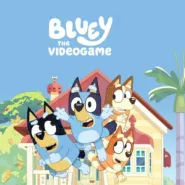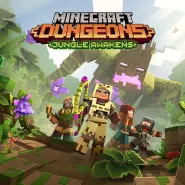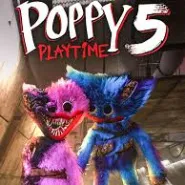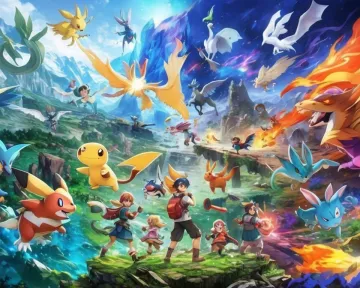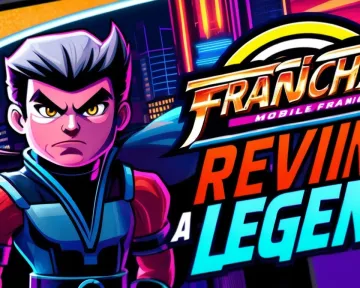
Coco
Disney and Pixar's 2017 animated feature "Coco" is a vibrant tapestry of culture, music, and family. Directed by Lee Unkrich and co-directed by Adrian Molina, the film embarks...
Trending Games
- Author: Lee Unkrich, Jason Katz
- Director: Lee Unkrich
- Content rating: Kids, Preschool
- Release date: November 22, 2017
- Text: Coco
- Languages: English
- Distributed by: Pixar Animation Studios

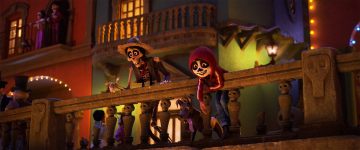
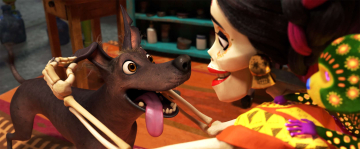


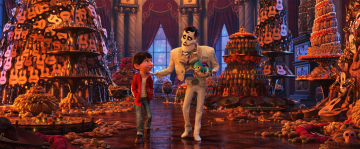
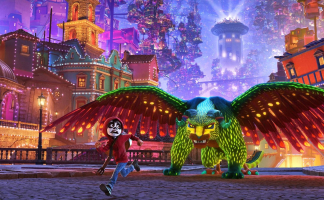
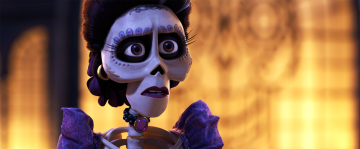
Disney and Pixar's 2017 animated feature "Coco" is a vibrant tapestry of culture, music, and family. Directed by Lee Unkrich and co-directed by Adrian Molina, the film embarks on an enchanting journey that delves deep into Mexican heritage and the significance of Dia de los Muertos (Day of the Dead), depicting an unparalleled blend of tradition and fantasy.
Plot Overview
In "Coco," the plot intricately weaves the aspirations of young Miguel Rivera with the traditional values of his family, who have banned music for generations. Miguel dreams of becoming a musician like his idol, Ernesto de la Cruz, a famous and deceased singer from his village. However, his family is adamantly opposed to music, owing to the ancestral pain caused when Miguel's great-great-grandmother, Mamá Imelda, was left to raise her daughter Coco alone after her husband abandoned them to pursue a music career.
The story takes off on the vibrant celebration of Dia de los Muertos, a day when families commemorate their deceased loved ones. In a defiant act to prove his musical talent, Miguel ends up breaking into de la Cruz's mausoleum and strumming the late singer’s guitar. This act inadvertently curses Miguel, transporting him to the Land of the Dead, a luminous and fantastical realm where the deceased exist in the vibrant afterlife, provided their living relatives remember them.
Upon arrival, Miguel encounters the spirits of his own ancestors, who are surprised but delighted to find him there—except for Mamá Imelda, who insists that Miguel must return home before sunrise or remain in the Land of the Dead permanently. However, she will only bless his return if he renounces music forever — a condition Miguel cannot accept.
Resolute in his quest to secure an unencumbered endorsement, Miguel aligns with the charismatic and cunning Hector—a soul in search of assistance to traverse back to the realm of the living. Together, they pin their hopes on Ernesto de la Cruz, Miguel's supposed familial connection in this dazzling afterlife, who they believe holds the key to bestowing the approval Miguel desperately seeks. As the story unfolds, Miguel and Hector dive into de la Cruz's spectacular history, uncovering family secrets and life-altering truths. The two unlikely companions traverse magical landscapes on a quest that becomes far more than achieving musical greatness; it’s a journey of self-discovery and reconnection with heritage.
The vibrant world of the dead is structured with fantastical elements—a towering city made of cempasúchil petals bridge, spirit guides in the form of fantastical alebrijes, and skeletons with dynamic, personalized design. The film dramatically culminates as Miguel learns the true story of his great-great-grandfather, which upturns his understanding of his family’s past and compels him to right the wrongs wrought by time and forgetfulness.
As Miguel pieces together these revelations, the narrative thrusts forward into deeply emotional territory, challenging our young protagonist to make decisions that will impact both the living and the dead. His journey brings full circle the themes of legacy, remembrance, and the undying bonds of family.
Character Analysis
Miguel is portrayed as a tenacious and passionate character whose love for music is the driving force of the story. The dynamic between Miguel and Hector offers a balance of comedy and depth, as Hector's initially selfish motives for helping Miguel evolve into a genuine bond. The story skillfully unravels their interconnected pasts, affording rich character development and an emotional resonance that propels the film.
Themes and Peculiarities of the Film
The central theme of "Coco" is the importance of family and remembering loved ones. It promotes the message that one can honor one's origins and pursue their dreams without mutual exclusivity. A prevalent peculiarity is its respectful and celebratory representation of Mexican culture and the Day of the Dead, which is depicted with vibrant detail and care.
Visual and Special Effects
The Land of the Dead is a spectacle of color and imagination, with meticulous attention to detail in its depiction of the skeletal characters and ethereal settings. Spectral figures are rendered with a translucent charm, and the settings buzz with vivid, kaleidoscopic colors. The film's painstaking devotion to the nuances of cultural symbolism is truly extraordinary, leaving viewers in awe of its visual majesty. The animation is fluid and captivating, with the intricacies of facial expressions on skeletal characters standing as a testament to Pixar's mastery of visual storytelling.
Tone and Pacing
The film maintains a delicate balance between light-hearted humor and poignant moments, allowing for an engaging and rhythmic pacing. It carefully guides the audience through a variety of emotional beats without lingering too long on somber notes, creating a spirited and moving experience.
Performance Analysis
The voice acting in "Coco" is exceptional, with young Anthony Gonzalez providing a heartfelt performance as Miguel. Gael García Bernal brings charm and pathos to Hector, and the chemistry between the two is palpable. The casting choices are commendable, with actors of Mexican heritage bringing authenticity to their roles, enhancing the film's cultural integrity.
Soundtrack and Score
The film’s soundtrack, particularly the Oscar-winning song "Remember Me," serves as a critical narrative device and an emotional touchstone within the film. Composed by Michael Giacchino, the score masterfully supplements the vibrant atmosphere and carries the emotional undertones of the narrative.
Critiques
While "Coco" has been lauded for its storytelling and animation, some critics have pointed out minor plot predictabilities. Yet, these minor imperfections are eclipsed by the movie's formidable attributes, barely nicking the sheen of the overall cinematic journey it offers.
Cultural Impact
"Coco" has had a profound cultural impact, celebrated for its cultural representation and for introducing the traditions of Dia de los Muertos to a global audience. Its success has sparked conversations about representation in media and the importance of cultural education through storytelling. Although there's no word on follow-up installments, the film remains a powerful demonstration of how animation can echo meaningfully with rich cultural undertones.
Conclusion
"Coco" is a beautifully rendered film that blends fantastical elements with deep cultural significance. Without a doubt, the merits of this cinematic experience eclipse any shortcomings, casting a wide net of allure that can captivate viewers across generations. It stands as a jubilant homage to cultural roots while simultaneously serving as a compelling illustration of storytelling's profound influence. With its place securely anchored within Pixar's impressive repertoire, the movie shines as a beacon of how animated storytelling can deftly blend amusement with enriching cultural insight. The overall experience is a triumph, and "Coco" will undoubtedly continue to resonate with viewers for many years to come.


